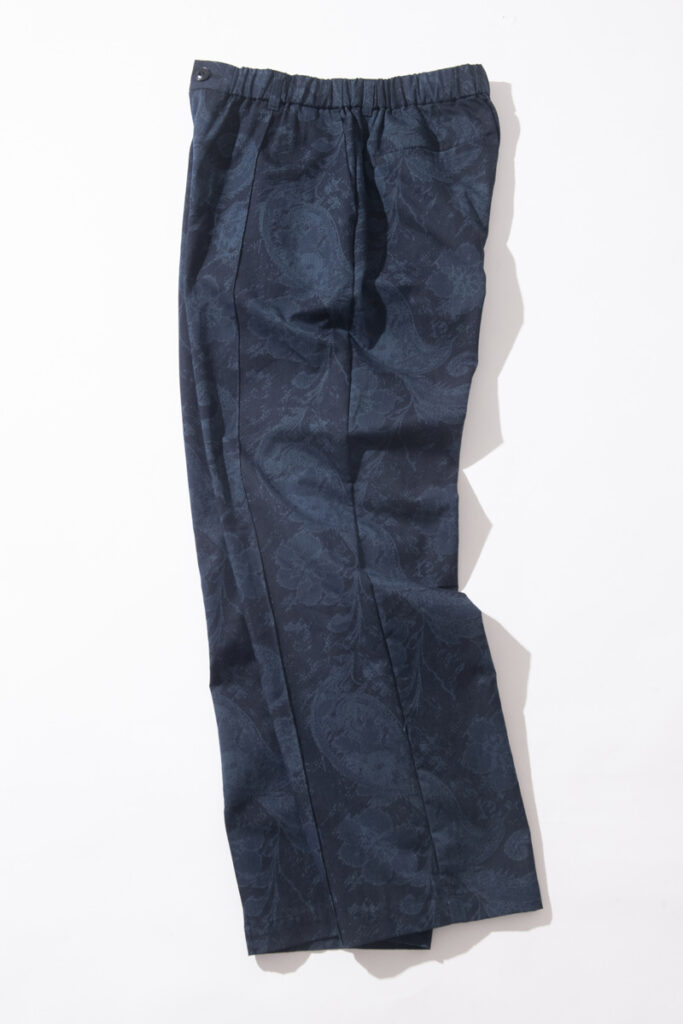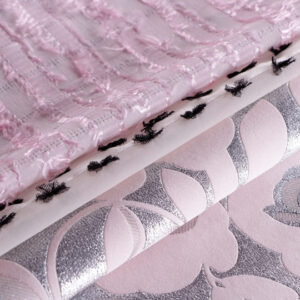Can You Combine Nylon, Satin, and Linen Fabrics in One Garment?
Creating garments by mixing different fabrics is an exciting way to innovate in fashion and sewing. Understanding fabric compatibility is crucial, as it affects the garment’s look, feel, and longevity. Nylon, satin, and linen each have unique characteristics, and this article explores how they can be combined effectively. Readers will learn about fabric properties, benefits of mixing, potential challenges, and practical sewing tips.
Compatibility Analysis
Yes, you can combine nylon, satin, and linen in one garment, but it requires careful consideration of their properties. These fabrics can work together to create visually appealing and functional garments when you account for texture, weight, stretch, care requirements, and durability.
- Texture: Nylon is smooth and slightly shiny, satin is glossy and luxurious, while linen is textured and matte. Together, they can create an interesting visual contrast.
- Weight and Stretch: Nylon is lightweight and stretchy, satin is medium-weight with slight stretch, and linen is heavier with no stretch. This requires balancing to ensure the garment drapes well.
- Care Requirements: Nylon and satin often require gentle washing, whereas linen can handle more robust cleaning. Aligning care instructions is vital to maintain the garment’s integrity.
Fabric Properties Comparison Table
| Property | Nylon | Satin | Linen |
|---|---|---|---|
| Fiber Content | Synthetic | Can be natural or synthetic | Natural |
| Weight | Light | Medium | Heavy |
| Breathability | Low | Moderate | High |
| Stretch | High | Low to moderate | None |
| Wrinkle Resistance | High | Moderate | Low |
| Care Instructions | Cold wash, low iron | Hand wash, low iron | Machine wash, high iron |
| Durability | High | Moderate | High |
Benefits of Mixing These Fabrics
Combining nylon, satin, and linen offers numerous advantages:
- Enhanced Texture and Visual Interest: The contrast between the glossy satin, smooth nylon, and textured linen creates a dynamic look.
- Improved Comfort and Performance: Nylon adds stretch, satin provides comfort, and linen offers breathability.
- Better Drape and Movement: The mix allows for garments that move fluidly and drape beautifully.
- Cost-Effectiveness: Using a blend can be more economical than using pure luxury fabrics.
- Seasonal Versatility: Linen’s breathability and satin’s warmth make the combination suitable for various climates.
- Design Possibilities: The mix allows for creative designs, from structured to flowing garments.
Potential Challenges
While mixing these fabrics offers benefits, challenges include:
- Different Shrinkage Rates: Pre-wash fabrics to minimize shrinkage issues.
- Conflicting Care Requirements: Use cold water and gentle cycles to accommodate all fabrics.
- Texture Clash or Pilling: Consider fabric placement to avoid friction.
- Seam Puckering: Use appropriate sewing techniques to prevent puckering.
- Color Bleeding or Fading: Test for colorfastness and wash separately initially.
Sewing & Styling Tips
To successfully sew and style garments with these fabrics:
- Sewing Techniques: Use a stretch needle for nylon, sharp needle for satin, and universal needle for linen.
- Needle and Thread: Polyester thread works well across all three fabrics.
- Interfacing and Stabilizer: Use lightweight interfacing for nylon and satin, and medium-weight for linen.
- Seam Finishing: French seams for satin, overlocking for nylon, and flat-felled for linen.
- Pattern Selection: Choose patterns that allow for fabric contrast, like color-block dresses or mixed-fabric blouses.
- Styling Ideas: Pair a satin blouse with linen pants or a nylon jacket with a satin-linen dress for a chic look.
Care & Maintenance Guide
Proper care ensures the longevity of your mixed-fabric garment:
- Washing Instructions: Wash in cold water on a gentle cycle, using a mild detergent.
- Drying Recommendations: Air dry or tumble dry on low to prevent damage.
- Ironing and Steaming Tips: Use a low setting for nylon and satin, and a higher setting for linen.
- Stain Removal: Spot treat stains with appropriate cleaners for each fabric type.
- Long-Term Care: Store in a cool, dry place to prevent mildew and fading.
FAQ Section
- Can you wash nylon and satin together? Yes, but use a gentle cycle and cold water.
- Will linen shrink more than nylon? Yes, linen is prone to more shrinkage.
- What needle size should I use for sewing these fabrics together? Use a size 70/10 needle for nylon and satin, and 80/12 for linen.
- Can you mix nylon and satin in one garment? Absolutely, they complement each other well.
- How do you prevent seam puckering when combining these fabrics? Use a walking foot and adjust tension settings.
- Is it okay to mix satin and linen for upholstery? Yes, but consider durability and cleaning needs.
- What’s the best way to finish seams with these fabrics? French seams for delicate fabrics and overlocking for durability.
By understanding and applying these insights, you can create stunning garments that blend nylon, satin, and linen beautifully, enhancing both fashion and function.


Leave a Reply